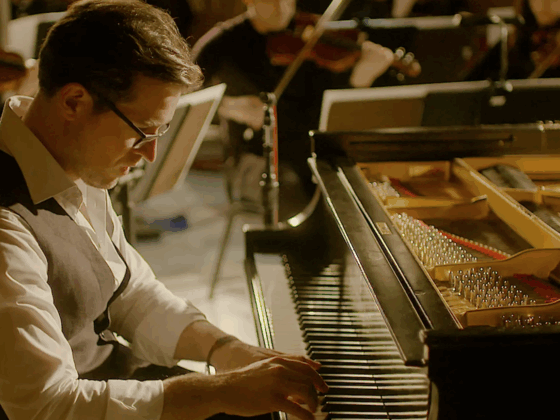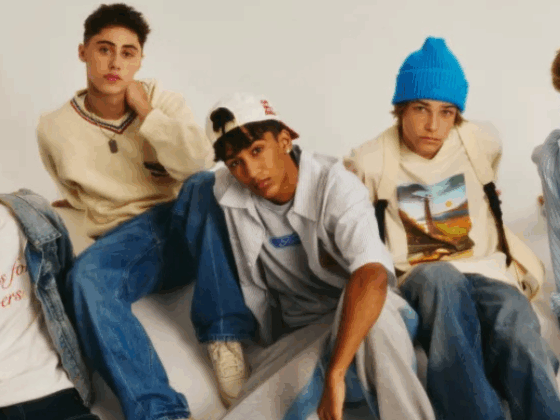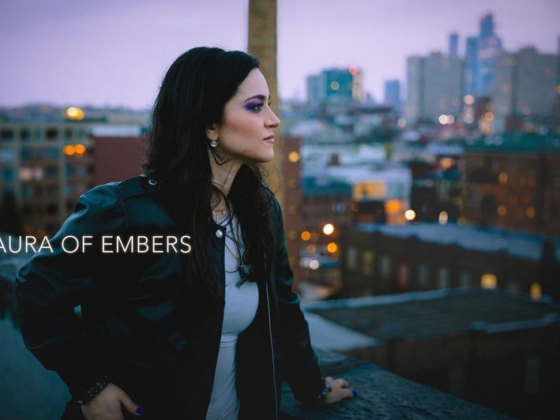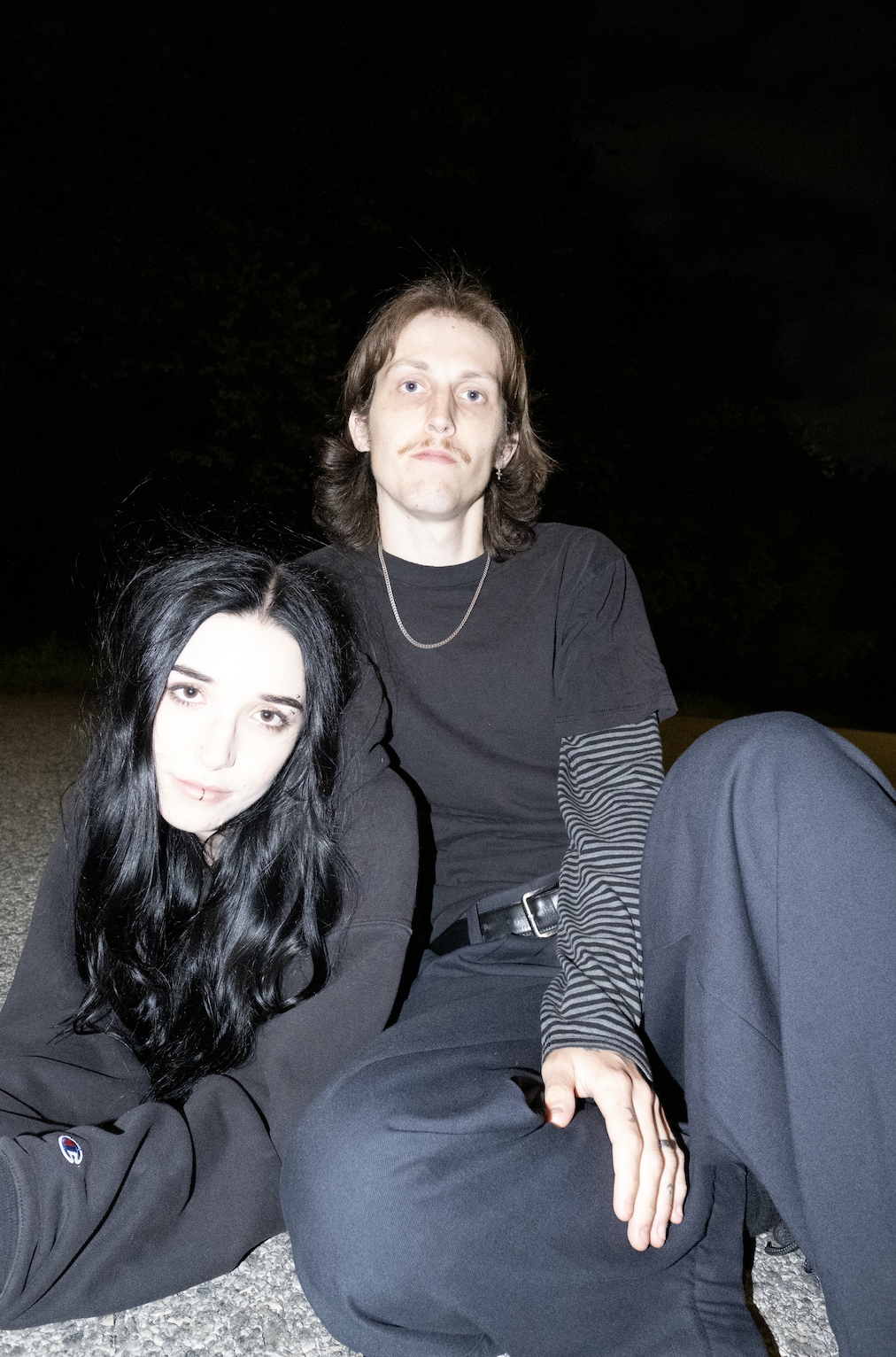East Coast indie rock duo Joyer, the project of brothers Nick and Shane Sullivan, have just released their new album On the Other End of the Line…, recorded at Palisade Studios in Chicago and produced by Slow Pulp’s Henry Stoehr.
For Joyer, distance has been a recurring theme—distance from home, from each other, and from a stable routine.
On the Other End of the Line… explores how time spent in far-reaching places has shaped them, uncovering anxieties and a yearning for connection. The album embodies a hopeful reflection of two distinct perspectives navigating fluctuating backdrops and the pressures of creating.
The album opens with the track “I Know Your Secret,” built around a cyclical, almost hypnotic chord progression.
Vocals are pushed to the back of the mix, allowing distorted guitars, layered instrumentation, and a steady backbeat to take center stage—an interesting choice that highlights Joyer’s approach to mood and atmosphere, rather than relying on the voice to lead the way as many musicians might.
The leading melody feels secretive and eerie, as if it holds knowledge the listener does not, perfectly complementing the track’s drudgy, immersive sonic landscape as well as the title of the track itself.
Next up is “Cure”—here, the vocals are slightly more prominent but still sit beneath the instrumentation. The melodies carry a brighter, more nostalgic tone, evoking a longing for happiness wherever it may be found. With lyrics that reflect a search for something better, Joyer expertly aligns the song’s emotional intent with its musical landscape.
“I’m going to a place where all my cups are always filled up
It's the kind of place I can bank on, on a lonely Sunday night
And when I stick my hands in my pockets and I drink down all my heavens
And I let myself get loose so I don't stay uptight”
Skipping ahead to “Spell,” which carries a rugged resemblance to Porches’ phrasing in “Itch.” The track is simple yet complementary to the rest of the album. The drum kick and distorted guitars seem to clash at times, but it feels deliberate—adding tension and character to the song.
A standout on the album is “Something to Prove”—buzzy, new wave–inspired, and full of personality.
Distorted guitars cut through a textured, grainy soundscape, immediately capturing your attention. The vocals are calm and soothing, providing a striking contrast to the stormy, buzzing guitars that surge through the track, devouring everything in their path.
“Favorite” enchants with a chord progression that feels more dynamic and intriguing than the previous tracks while maintaining cohesion with the album’s overall sound. Distortion is used here in a way that complements the song rather than overwhelms it.
Closing with “Tell Me” was a smart choice, giving the album a satisfying conclusion and arguably standing out as one of its strongest tracks. The melody is comforting and sweet, layered over a driving beat and a subtle backdrop of static and feedback that’s present throughout, tying the record together.
Overall, On the Other End of the Line… is perfect for listeners who embrace noise, imperfection, and music that doesn’t require you to catch every word. It’s an album that accompanies the chaos in your head, whatever that chaos may be. It’s not for fans of minimalism or those sensitive to static and distortion, nor for anyone who insists on vocals dominating every track—this record thrives in its layered, textured, and immersive soundscape.
On the Other End of the Line… is pure grunge-y, noisy, and indie-sleaze bliss.











